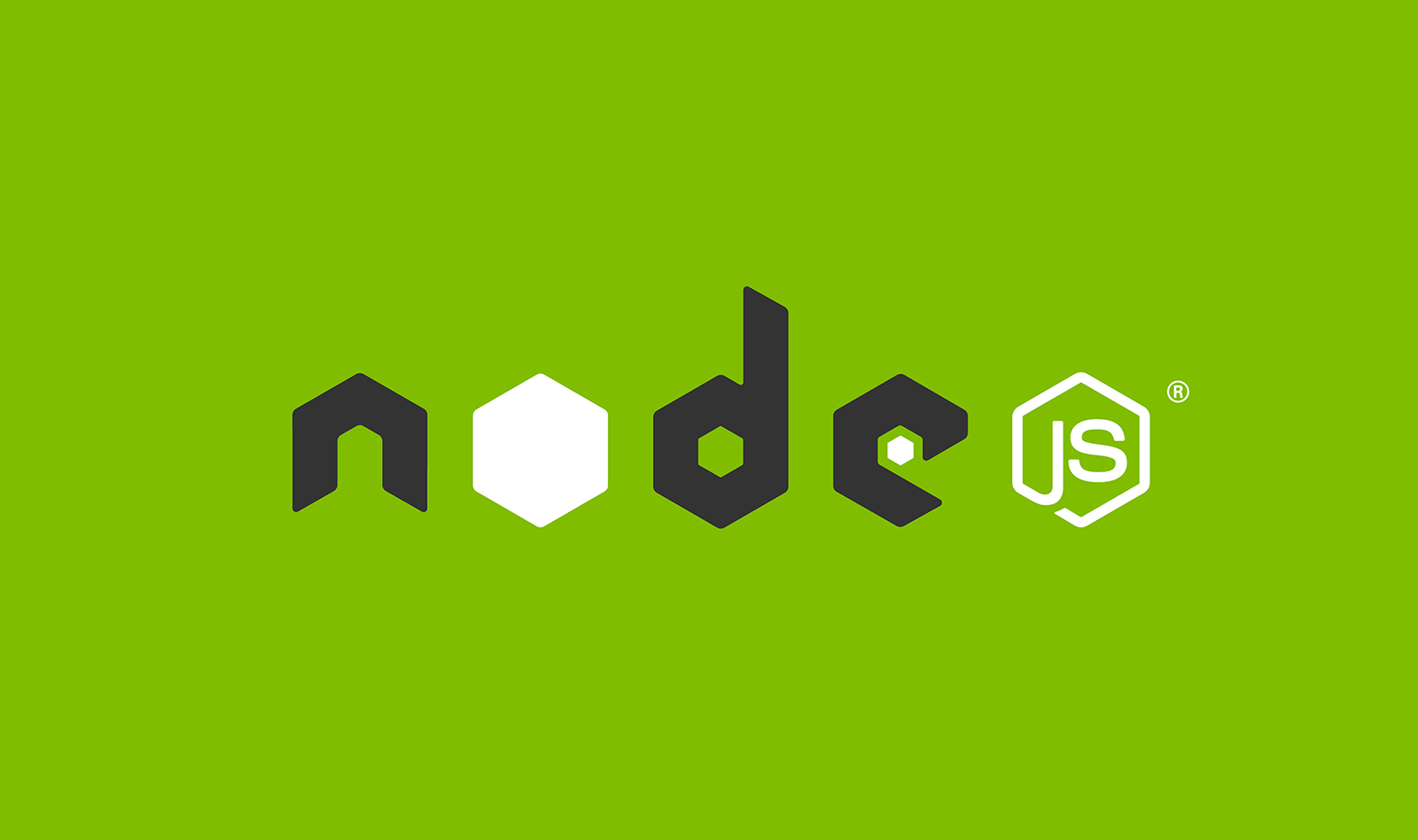
In 1995 Brendan Eich, then a contractor to Netscape, created the JavaScript language to run in Web browsers-in 10 days, as the story goes. NPM, the Node package manager, is part of the standard Node.js installation, although it has its own website. Much of Node’s utility comes from its large package library, which is accessible from the npm command. Node.js incorporates the Google Chrome V8 JavaScript engine, which supports ECMAScript 2015 (ES6) syntax without any need for an ES6-to-ES5 transpiler such as Babel. You can use any language that transpiles to JavaScript, for example TypeScript and CoffeeScript. Also note that Node applications aren’t limited to pure JavaScript. Node.js turns out to be quite useful for desktop applications in addition to servers. Node’s approach to scaling with callback functions requires less memory to handle more connections than most competitive architectures that scale with threads, including Apache HTTP Server, the various Java application servers, IIS and ASP.NET, and Ruby on Rails. The callback function can handle requests with non-blocking I/O calls, and if necessary can spawn threads from a pool to execute blocking or CPU-intensive operations and to load-balance across CPU cores. It runs a single-threaded event loop registered with the system to handle connections, and each new connection causes a JavaScript callback function to fire. The presence of a large number of threads can cause a heavily loaded system to spend precious cycles on thread scheduling and context switching, which adds latency and imposes limits on scalability and throughput.

While spawning threads incurs less memory and CPU overhead than forking processes, it can still be inefficient. Conceptually, this makes perfect sense, but in practice it incurs a great deal of overhead. In the traditional approach to creating web servers, for each incoming request or connection the server spawns a new thread of execution or even forks a new process to handle the request and send a response. In other words, Node.js wastes no time or resources on waiting for I/O requests to return. Node.js is a JavaScript runtime environment that achieves low latency and high throughput by taking a “non-blocking” approach to serving requests. Keeping the latency low and the throughput high while scaling up and out is not easy.


Scalability, latency, and throughput are key performance indicators for web servers.


 0 kommentar(er)
0 kommentar(er)
